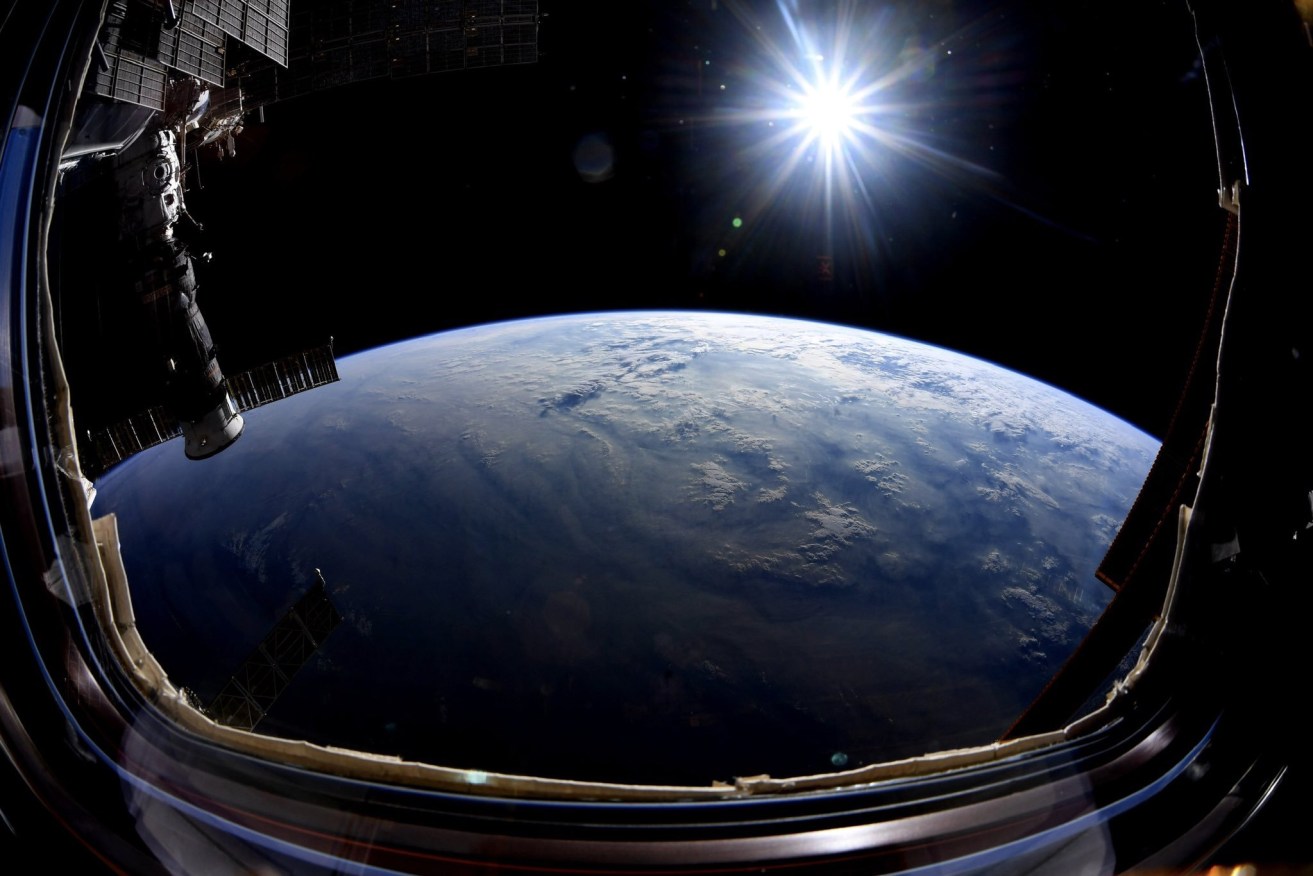There is no legal vacuum in space
Space may be the last frontier, but it’s definitely not lawless, and there’s no shortage of legal issues at play as humanity looks increasingly to the stars, explains Morry Bailes.

Photo: Nick Hague/NASA/Cover Images
Space…the final economic frontier…and it’s right on South Australia’s door step.
Did you know that currently, in Australia, there are around 10,000 people working in the space industry, with the goal of hitting 30,000 by 2030?
Or that in Australia alone, the space sector is growing strongly and outperforming the broader economy?
According to recent figures, our space industry was worth $A3.94 billion dollars in the 2015-16 financial year, with 88% of that contributed by the private sector.
Meanwhile, three quarters of the US$345 billion dollars spent globally on the space industry in 2016 was contributed to by private enterprise.
The figure is tipped to triple in size to at least US$1.1 trillion by 2040, as demand for services escalates and disruptive technologies such as reusable rockets and mass-produced satellites force costs down significantly.
Our state is well placed to benefit from this growth industry, following the establishment of the Australian Space Agency here last December.
This week’s Australian Space Research Conference in Adelaide has renewed interest and excitement, coupled with the Prime Minister’s announcement of the signing of a memorandum of understanding with NASA to cooperate in Moon and Mars exploration.
You may reasonably ask why a local legal commentator would be writing about space exploration, but as with everything, law is everywhere – including the law of space.
Last week, the International Bar Association annual conference held this year in Seoul was addressed by a partner of my firm, John Caruso, and other members of the IBA Space Law Committee.
It was intriguing and not a little bit exciting to hear where the space industry is at, and the role that law and lawyers must play.
The law of space is contained in part in the the Outer Space Treaty. It is modelled broadly on the Law of the Sea, and was entered into in the 1960’s. But some of its provisions are plainly dated.
Nuclear armaments are expressly prohibited in space, but that pre-dates current non-nuclear ballistic capabilities that include incredibly precise technologies to target and destroy satellites from earth.
Satellites have of course civilian applications, but can also have military or mixed military and civilian uses. A great deal of effort is also being dedicated to blocking technology to disable a satellite, albeit temporarily, during episodes of armed conflict.
In both these examples, questions will inevitably arise about the liability of states for collateral damage to, and interruption of, civilian applications. Enter the law.
Another challenge in the ever competitive arena of satellite production is debris left in the Earth’s atmosphere and beyond, whether it is caused by aggression or mere accident.
Who is liable and how will we plan, as we have with the airline industry, to navigate through an increasingly crowded near space? Legal principles must apply in laws and treaties.
Space law allows free exploration of space and like the Law of the Sea, whilst The Moon and other terrestrial bodies cannot be owned, they can be mined.
Given Australia’s pre-eminent capability in this industry, we have a great deal to offer.
The current effort now being slung into this area by some of the biggest private wannabe space industry disrupters – Tesla’s Elon Musk, Amazon’s Jeff Bezos, and Virgin’s Richard Branson – is to perfect the re-useable rocket, to make the Moon an affordable destination for the purpose of mining.
At the moment, using an on world analogy, it is a little like flying a commercial airliner to your destination, and ditching it on arrival.
With China successfully landing this year on the far side of the moon, and India trying desperately to follow suit ( though unsuccessfully with its Vikram lunar lander failing to respond after landing last month), it is plain the space race has restarted, but in a wholly different way.
The Australian Parliament recently enacted the Space (Launches and Returns) Act 2018. Given the self explanatory nature of the name of the legislation, I shall not dissect it here.
The point to make is that whilst this type of law may have been principally the domain of public lawyers advising the state and state agencies, it is increasingly becoming relevant to the private legal profession as it advises private companies investing, say in satellite technology.
For lawyers, there is both advisory work about the law of space and the regulatory regime now at play in Australia, and the rather more earth-bound ‘garden variety’ representation to provide to companies as they contract with one another and with agencies, governments and suppliers.
One certainty is that this is an industry firing up not powering down.
As it is driven more and more by private investment in communications, and the lure of minerals, and as this century unfolds, we may see not merely another moon landing, but a moon colony.
And where humans go, the law must follow. We can all be intrigued in this State with the Australian Space Agency on our doorstep and with the potential to place us front and centre of what is to come.
All industries may ultimately have a role to play.
Morry Bailes is managing partner of Tindall Gask Bentley Lawyers and immediate past president of the Law Council of Australia.




